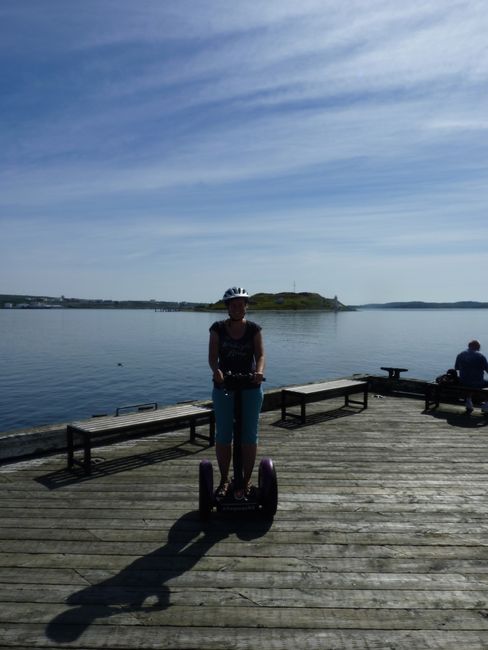The Old Town of Quebec
प्रकाशित: 21.09.2018

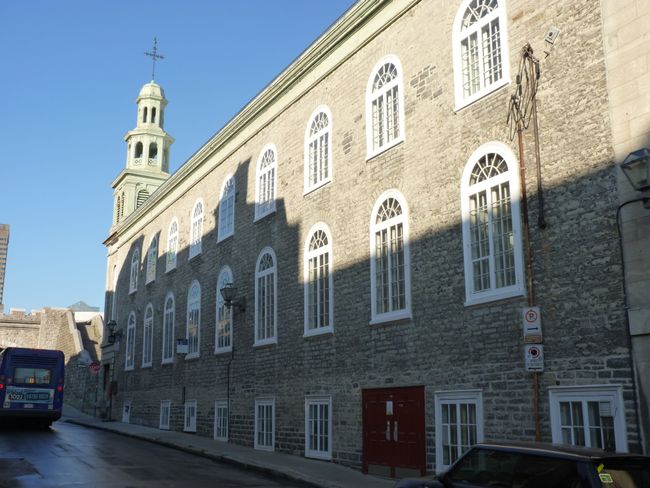
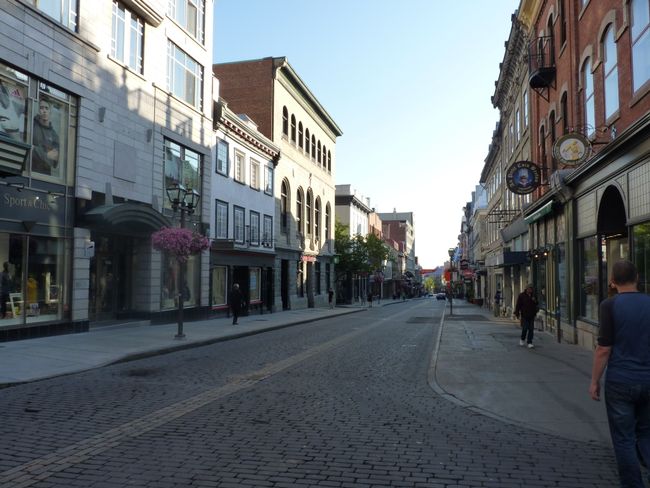
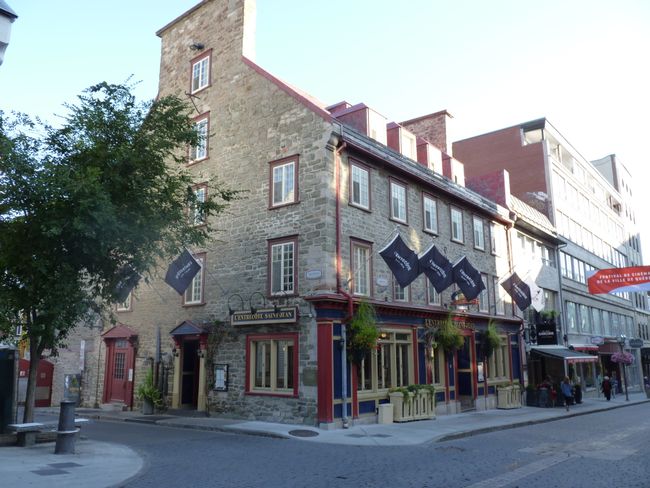
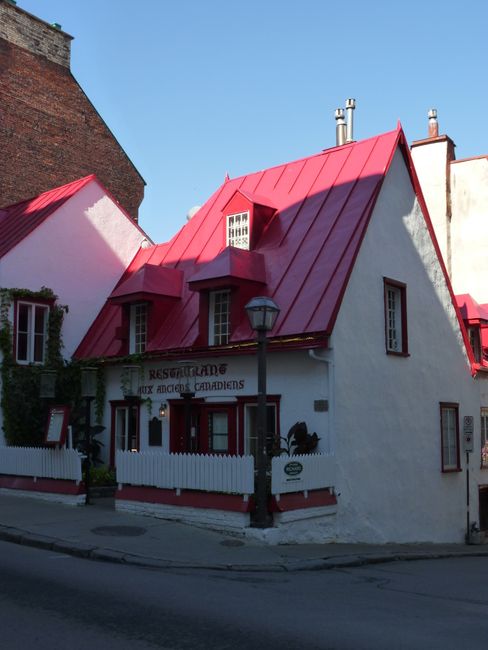
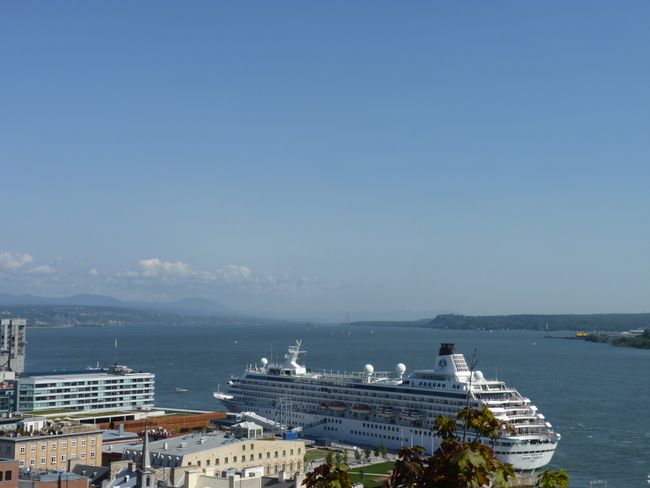
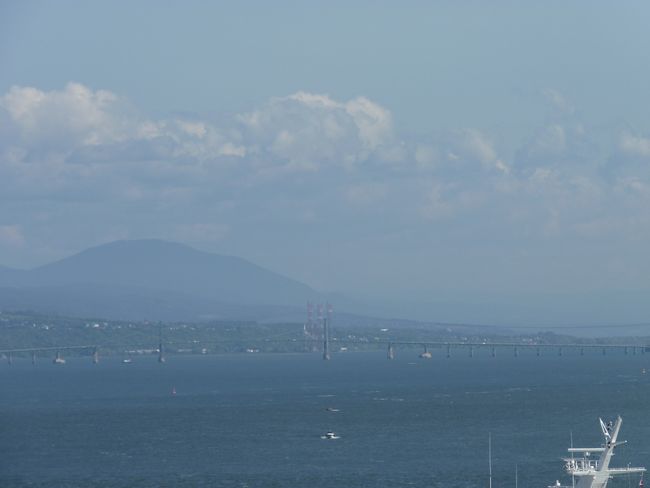
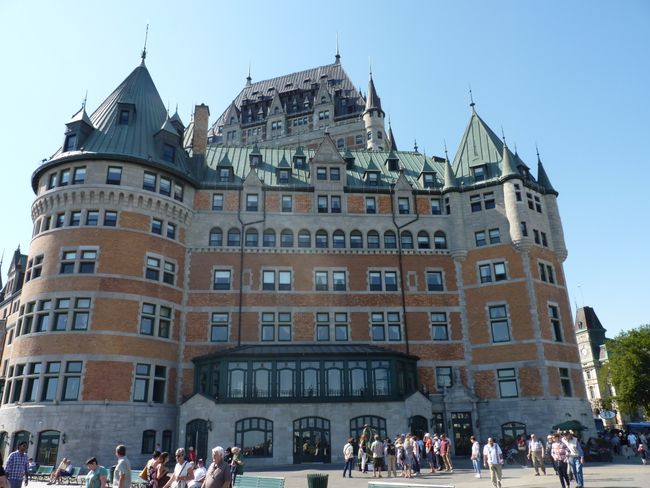
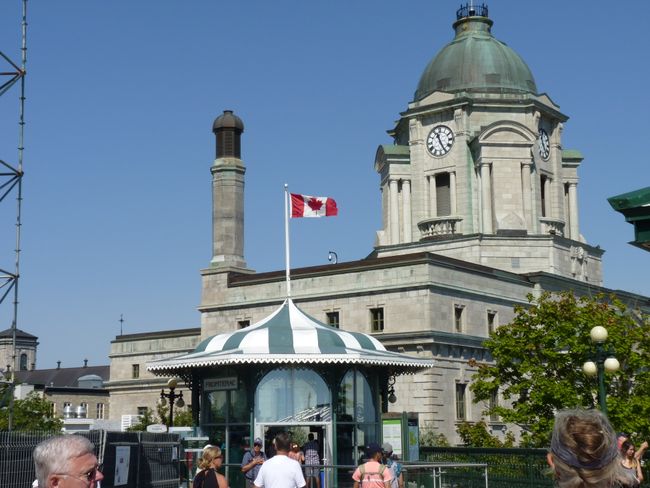
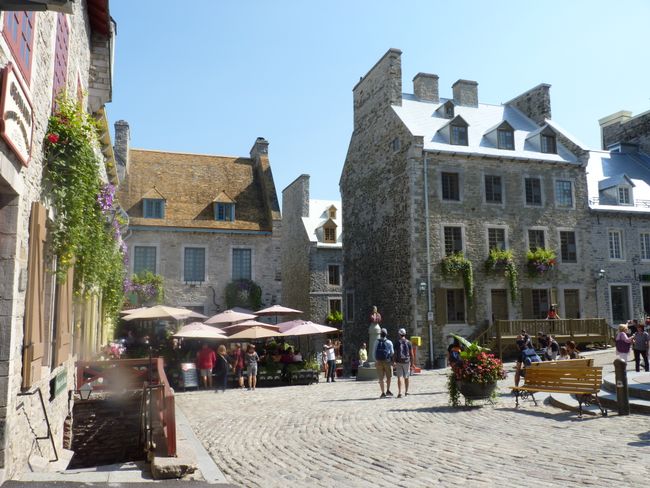
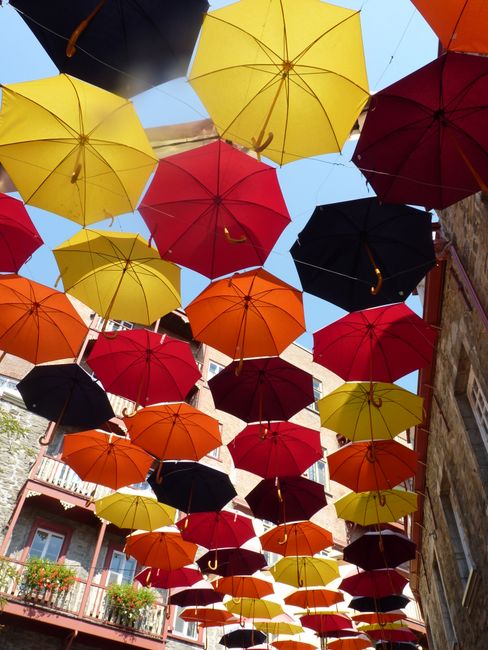
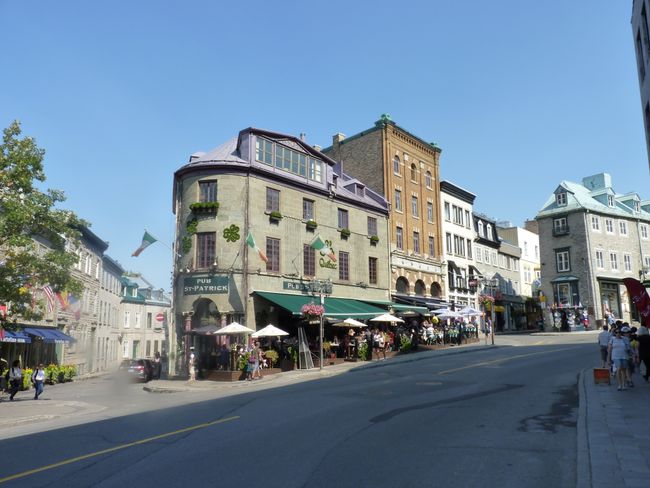
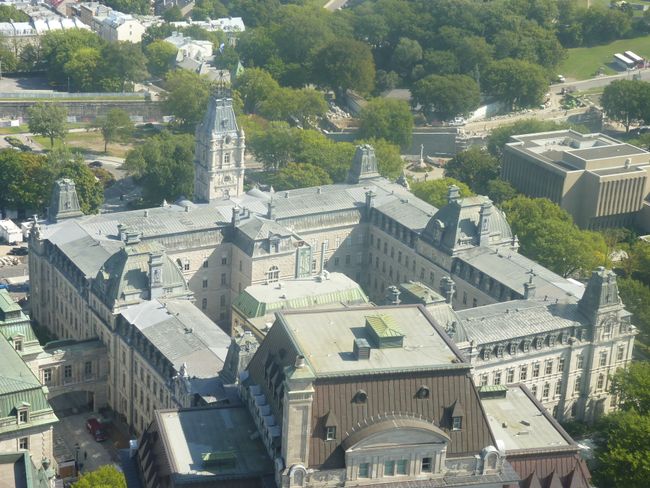
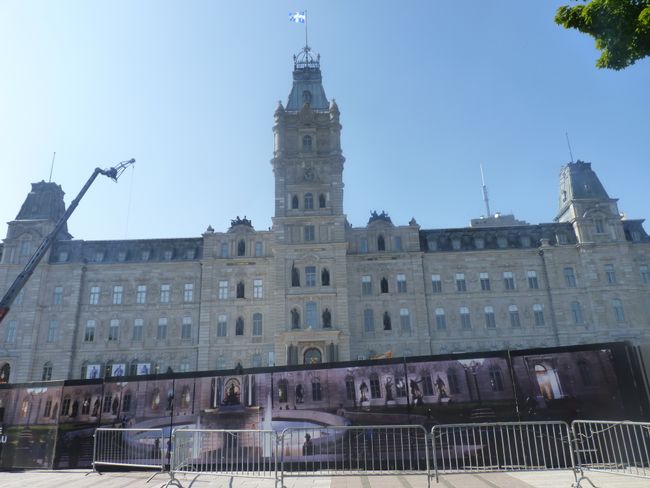
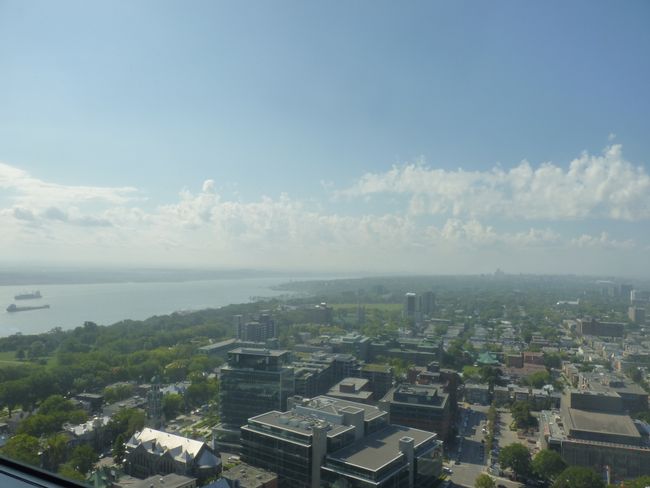
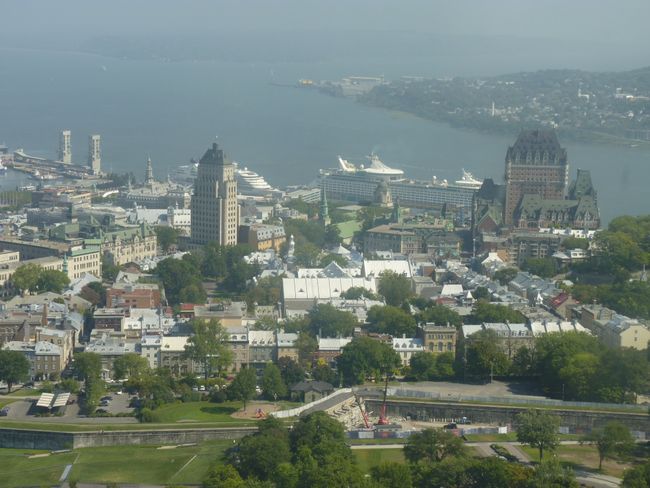
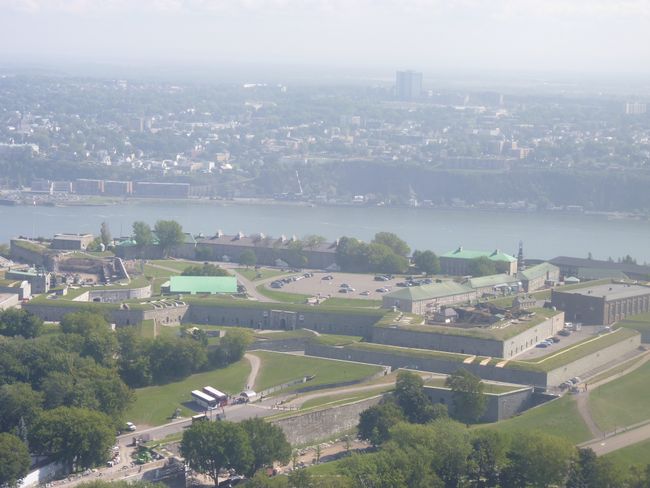
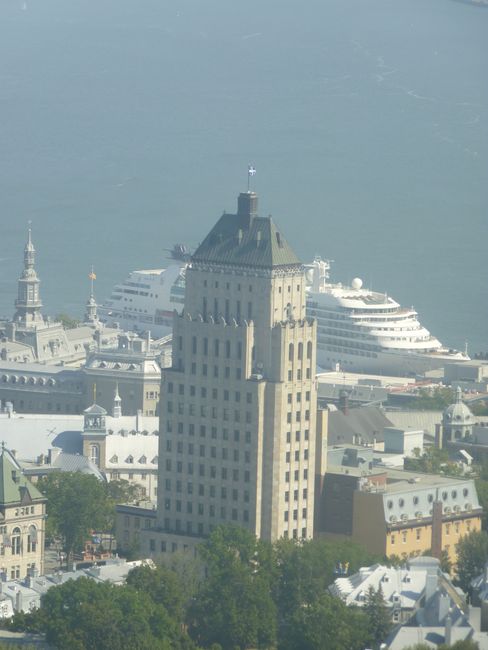
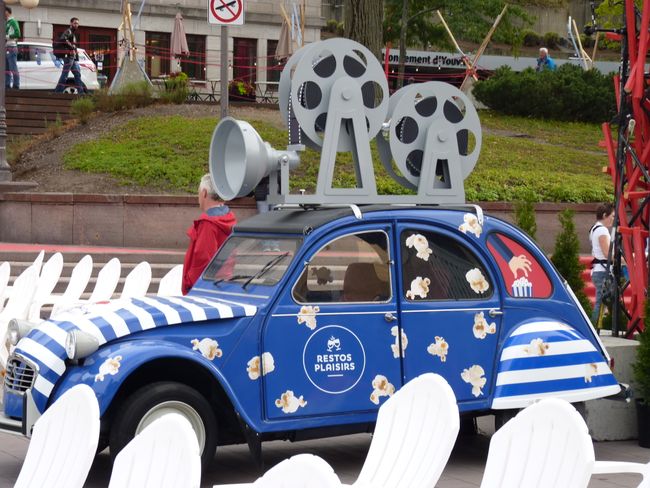
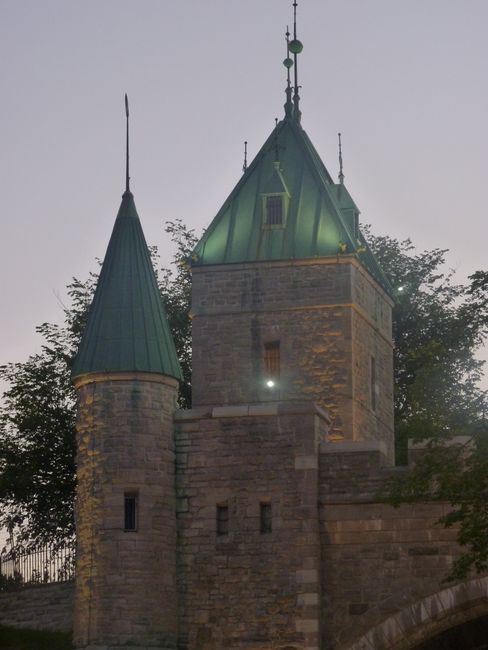
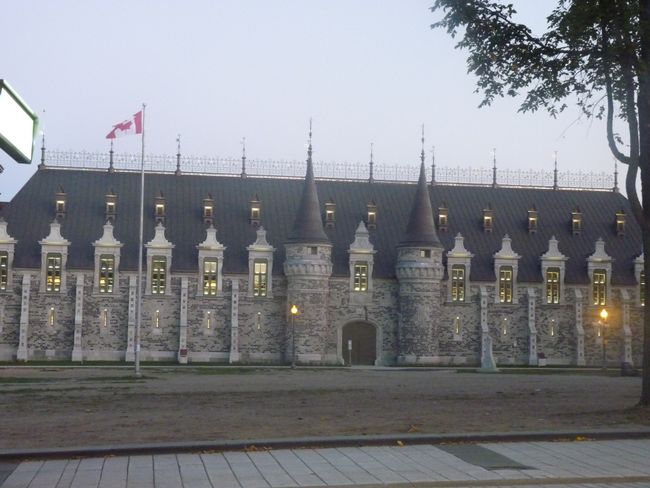
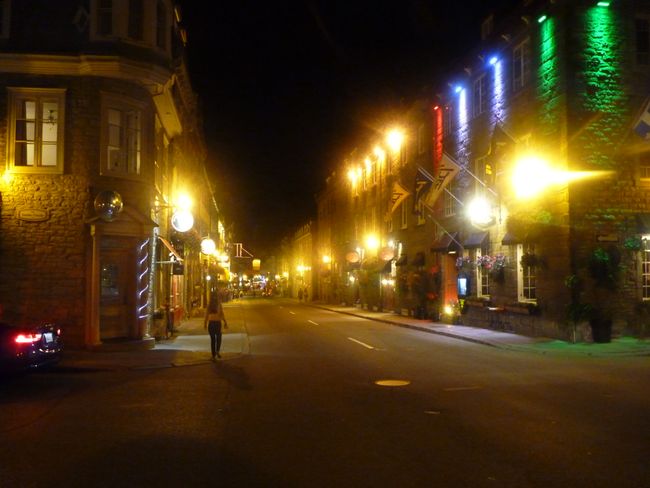
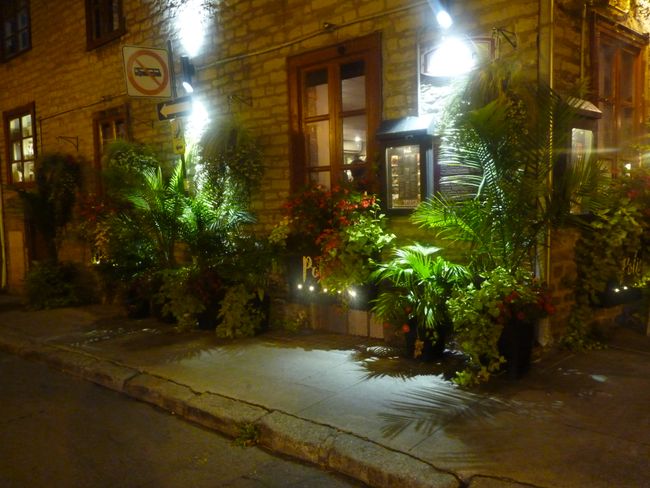
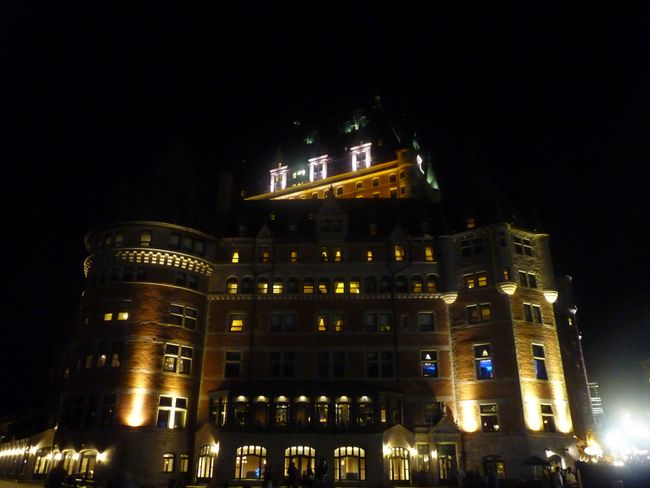
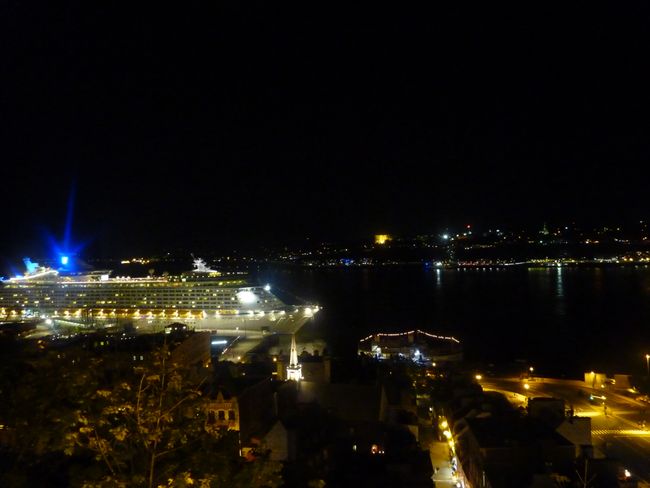
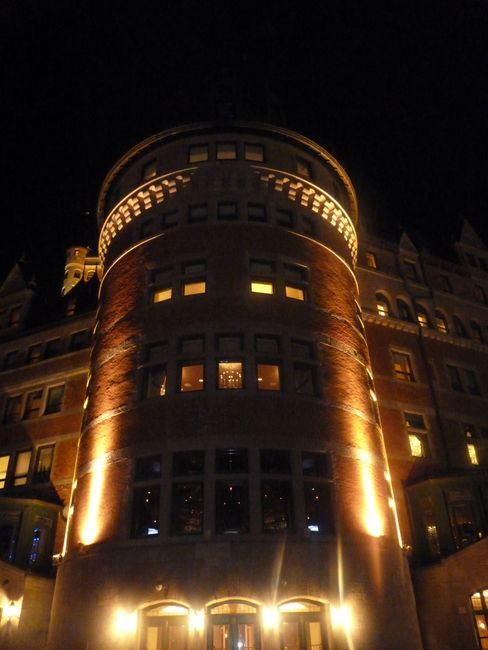
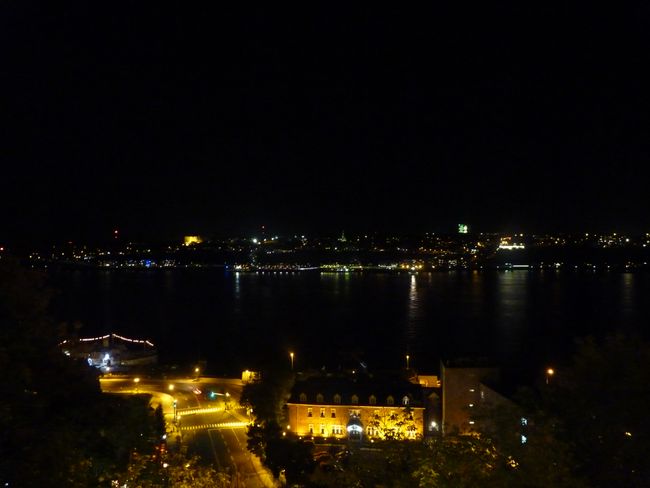
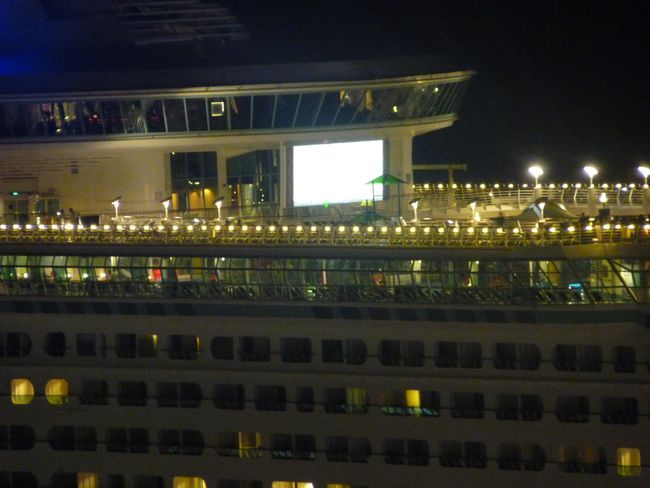
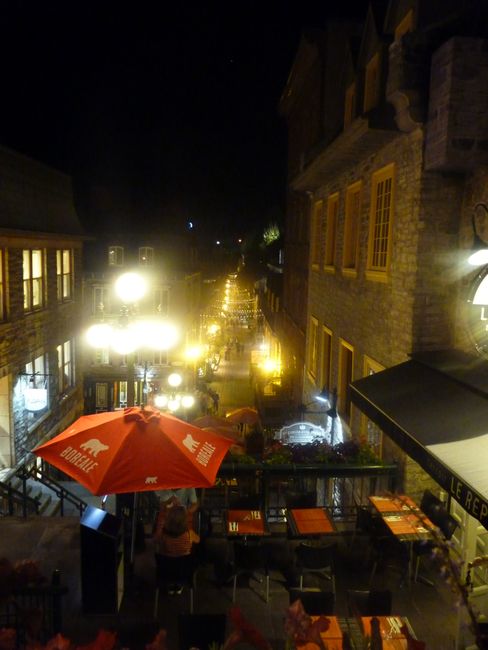
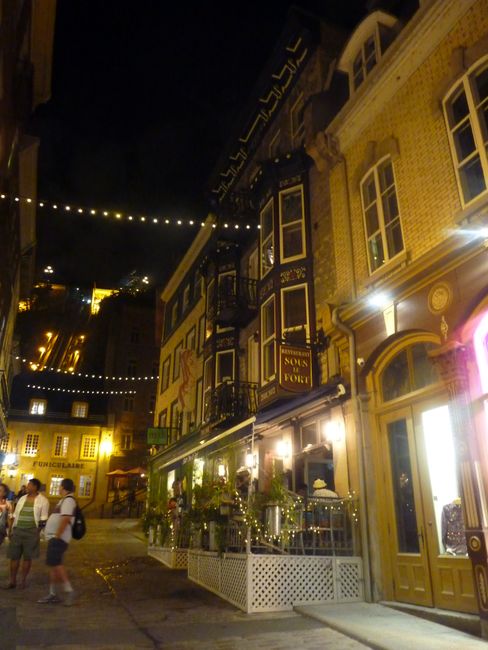
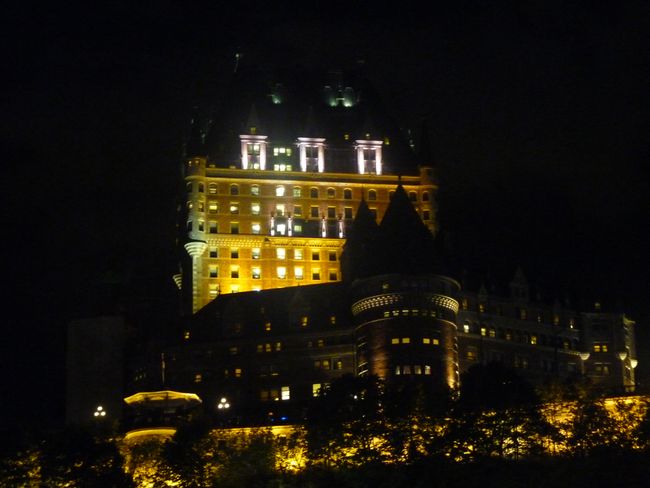
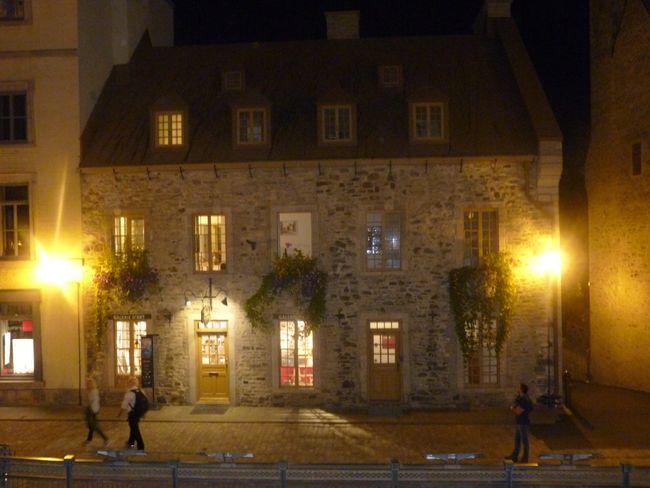
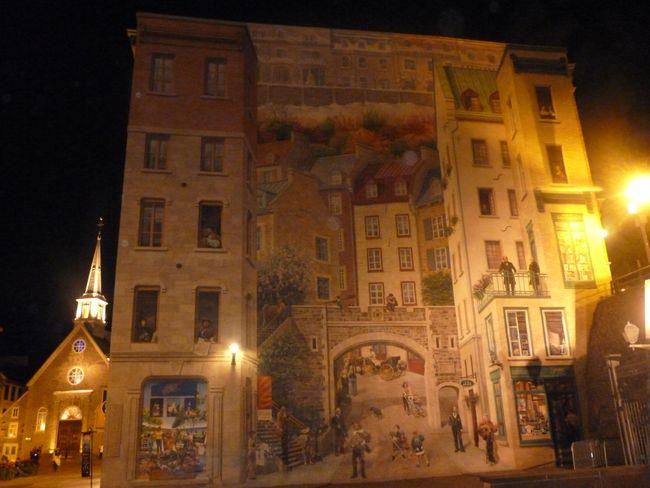
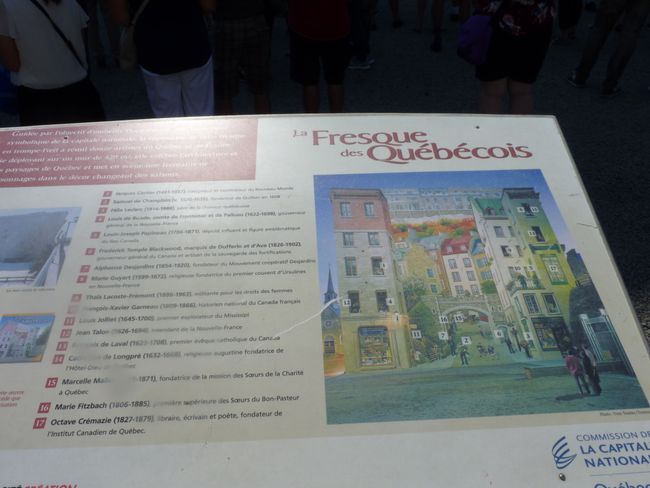
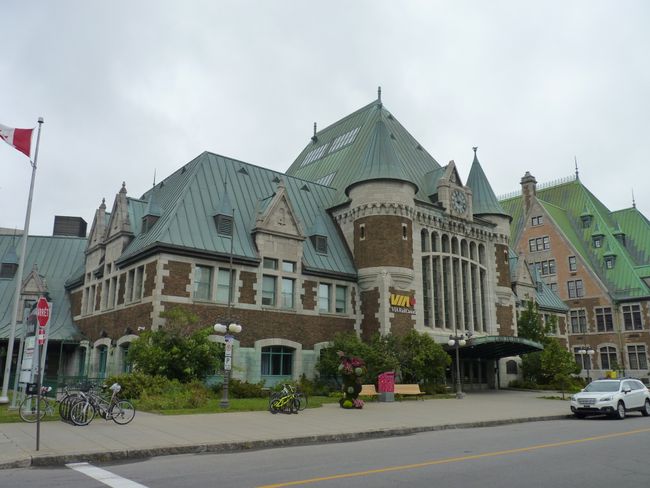
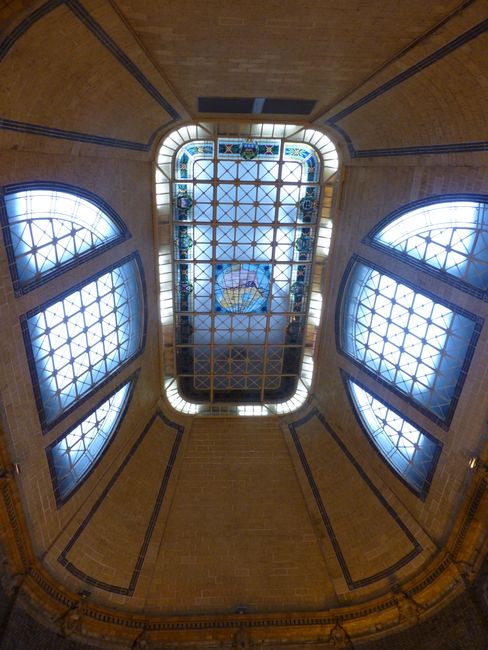
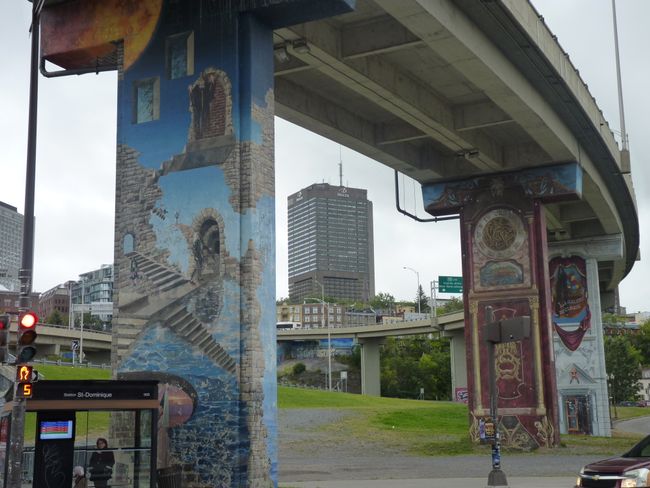
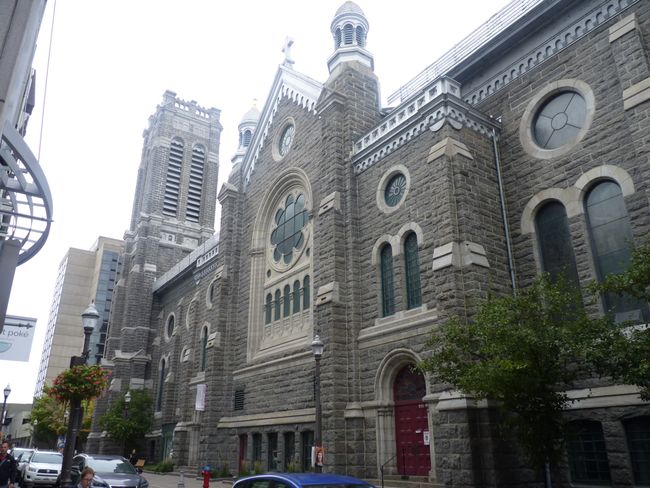
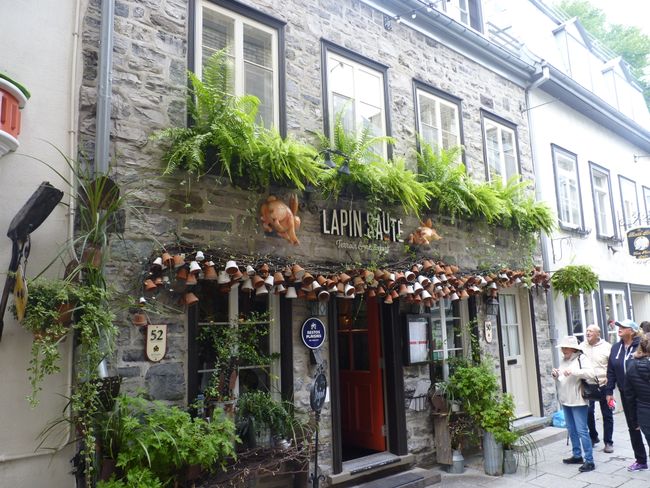
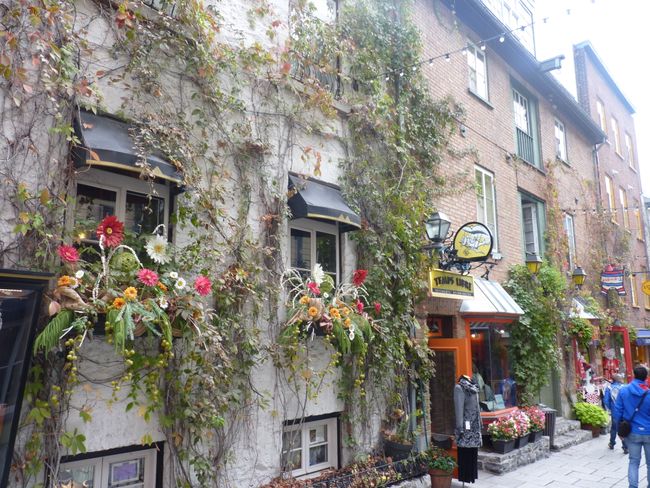
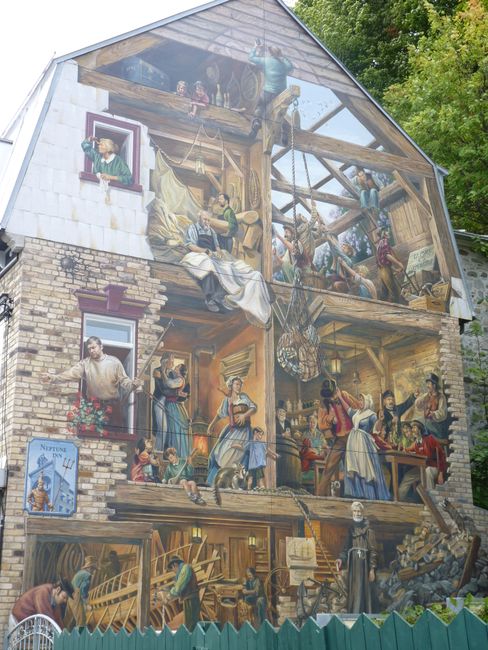
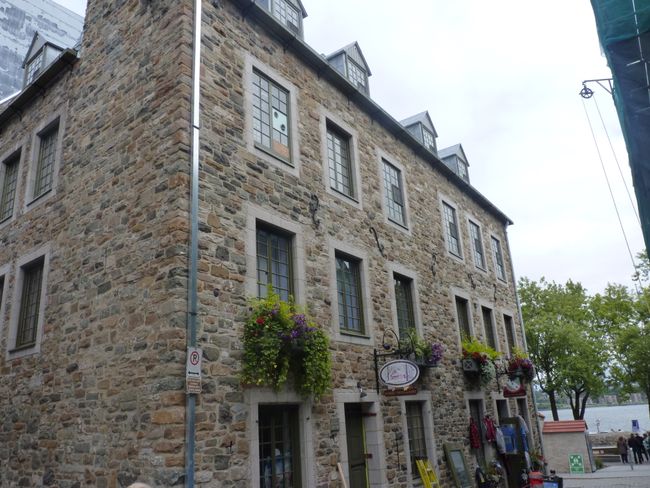
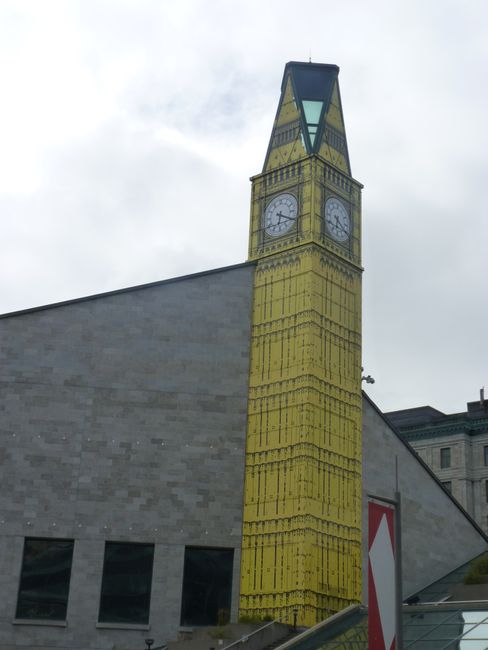
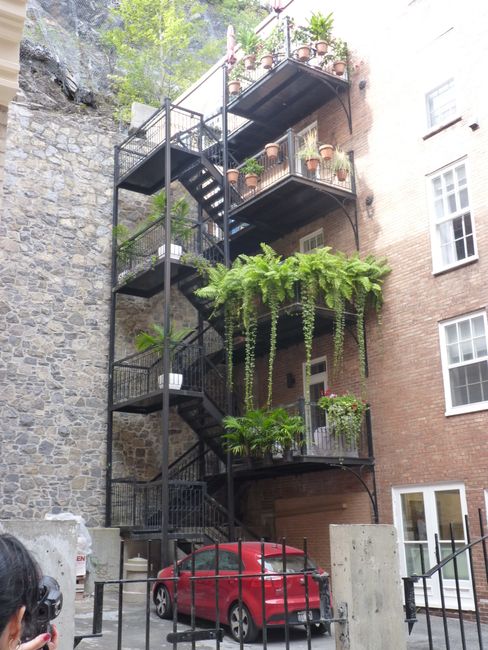
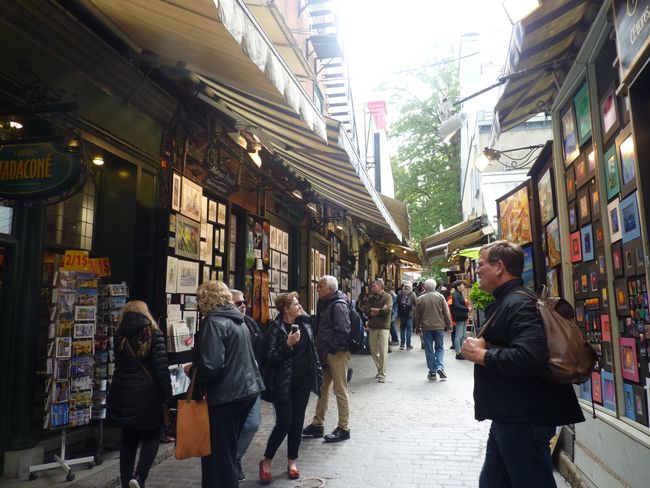
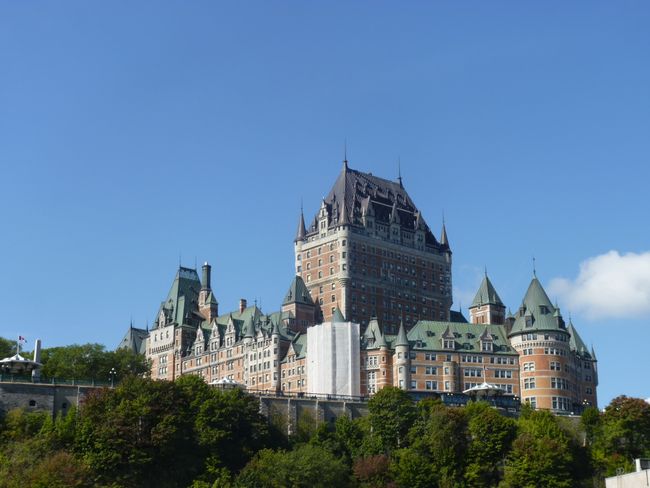
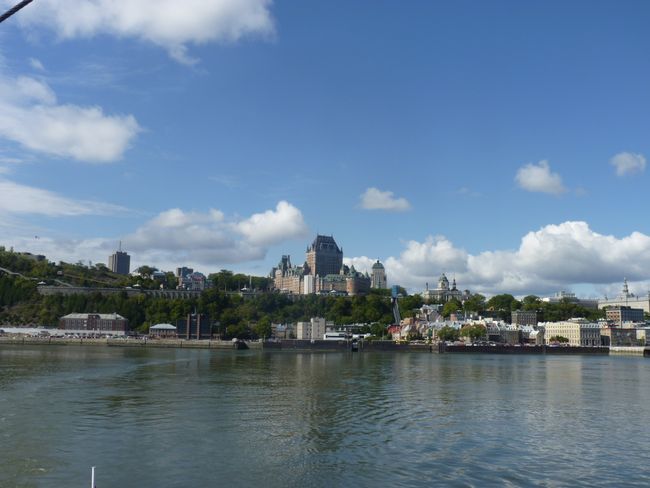
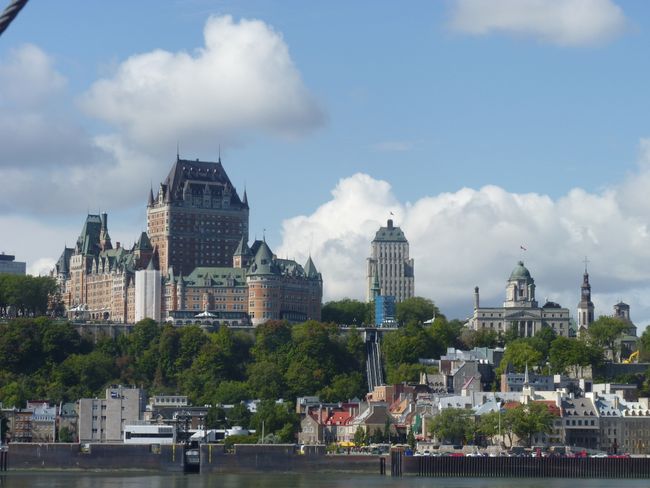
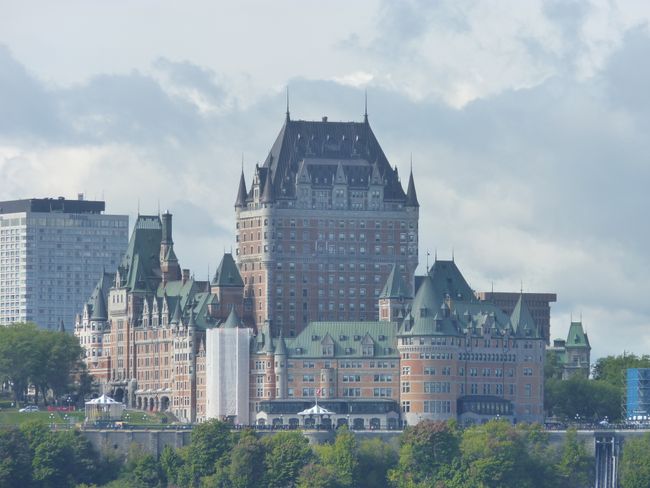
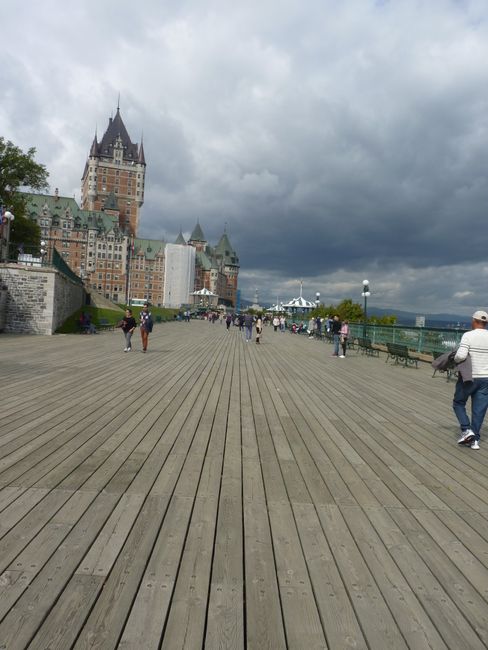
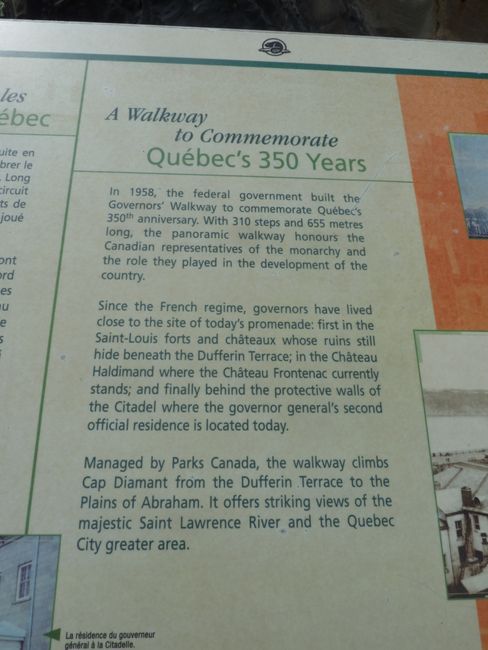
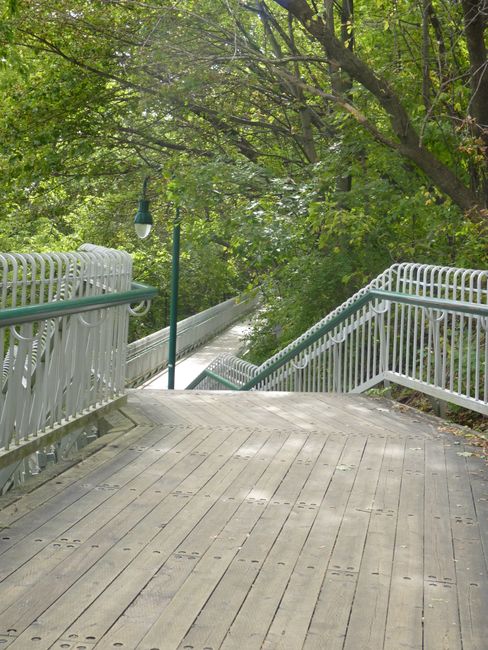
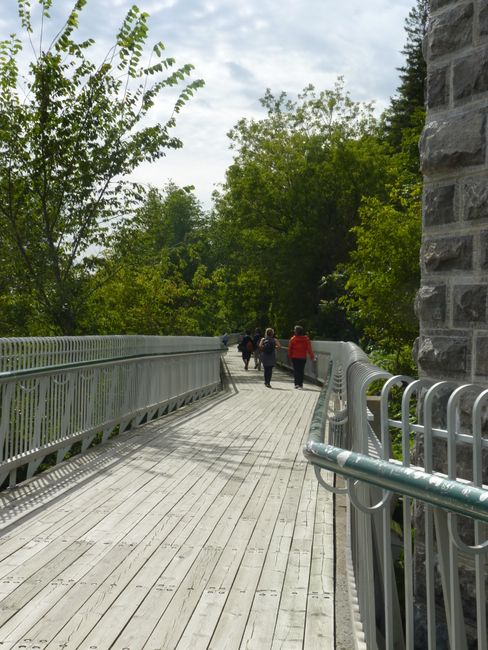
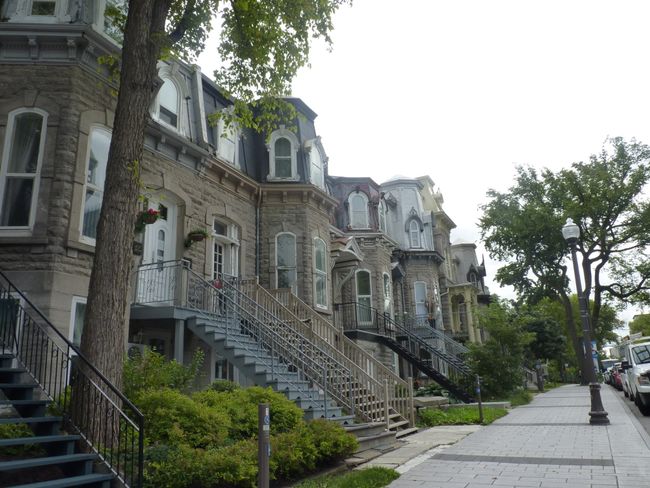
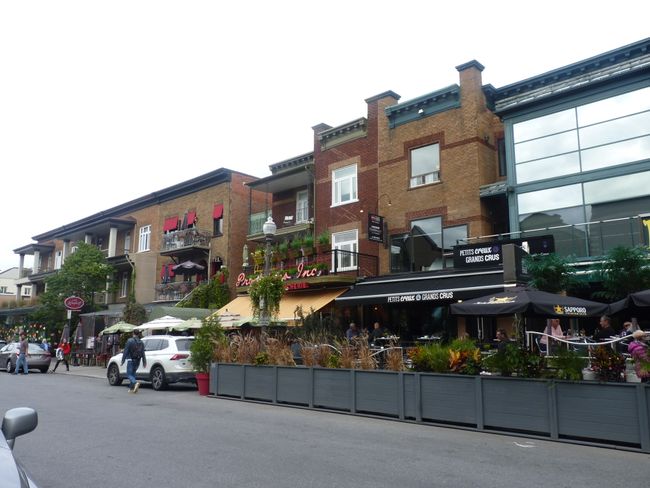
बातमीपत्राचे सदस्य व्हा
Last weekend I ended my summer in Halifax and took a twenty-hour train ride to Quebec. The journey was nice, although not as spectacular as BC and Alberta.
Kati wrote in her report about Quebec City that she fell in love with the city at first sight. And I can only agree with her. The old town is simply incredible beautiful. Many small streets with cafes and restaurants, most of them with outdoor terraces. The buildings are made of stone in European style, instead of the wood typical of Canada. In addition, the stone buildings have been well preserved and restored.
The Fairmont Le Château Frontenac towers high above the city. The hotel is one of the most exclusive luxury hotels in Canada and the hallmark of Quebec. It is one of the most photographed hotels in the world.
In the late 19th century, the Canadian Pacific Railway began expanding the Canadian rail network. The trigger for this was a promise from then Prime Minister John Macdonald to British Columbia that he would build a railway connection from the Pacific to the eastern provinces if BC joined the Canadian Confederation. The construction of the nearly 5000 km long route took about ten years. A masterpiece, considering that thousands of kilometers inland were still undeveloped and the mountain passes had to be found and built. And that in the 19th century. The workers at that time mostly came from China and many did not survive the construction unfortunately.
Since the trains at that time did not have dining cars, the Canadian Pacific Railway began building large hotels along the route for their traveling guests. The first large city hotel was the Hotel Vancouver, which opened in 1888. Shortly thereafter, the first rural hotel, the Banff Spring Hotel, opened in Banff. The hotel was such a great success that the first national park in Canada was established around it. Other hotels followed, including the Chateau Frontenac, which now watches over Quebec. Many of the Fairmont Hotels have one thing in common: they look more like castles than hotels. When you stand in front of them, it is hard to believe that such huge, massive and stately buildings were actually built as hotels from the beginning.
In front of the hotel is a large wooden terrace from which you have a great view of the river and the cruise port (just as many cruise ships stop here as in Halifax). After the terrace, which was built in the 1870s, a wooden promenade of 655 meters in length was built in 1958. Built with a total of 310 steps on the slope, it offers a walk with a view of the river and the opposite side.
On the same day of my arrival, I participated in a bilingual city tour organized by the hostel. Unfortunately, it was the worst one I have experienced here in Canada so far. The guide was very confused, focusing much more on French than English. Her English explanations were much shorter than the French ones, and she often forgot them altogether. Or when we reminded her, she thought she had already told half of it in English and continued somewhere in the middle. Well, it was enough to get a rough overview of the old town. But if I had been interested, I could have chosen from plenty of other city tours. Every time I walk through the old town here, I encounter at least thirty to forty of them. I have never seen so many city tours in one place, not even counting the buses.
बातमीपत्राचे सदस्य व्हा
उत्तर द्या

